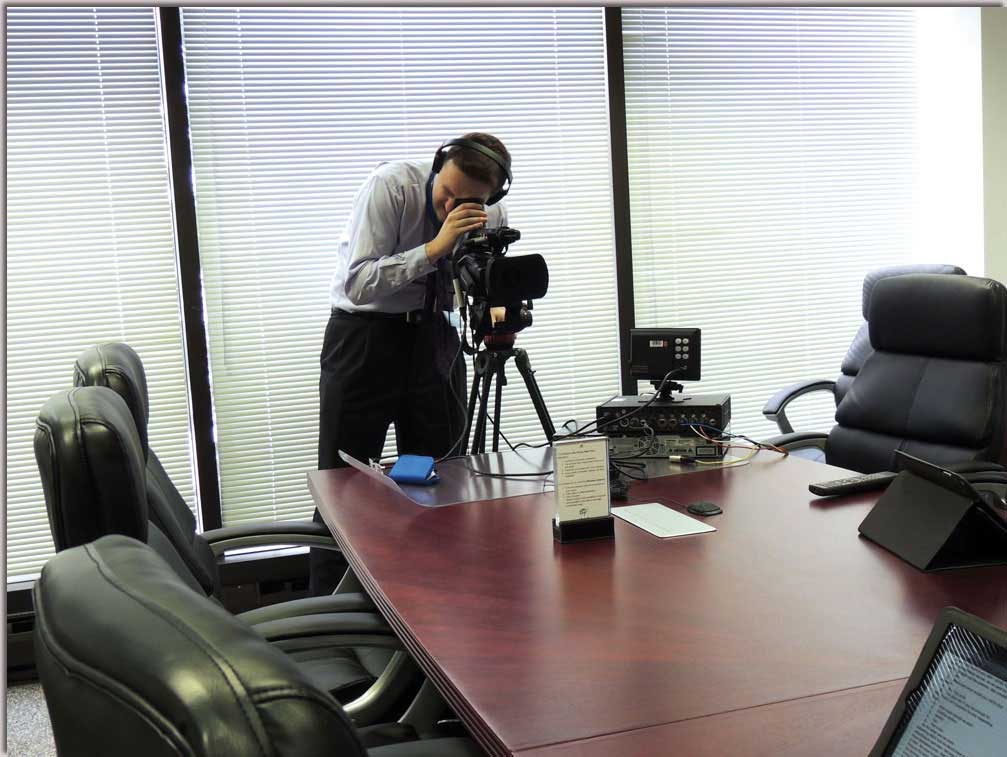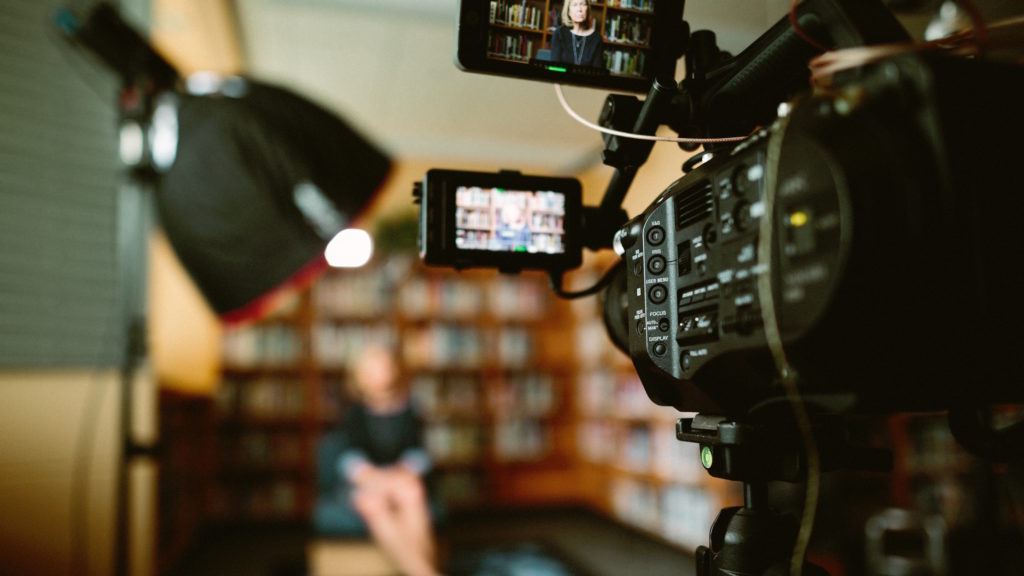How Legal Videography Can Make or Break Your Legal Technique
How Legal Videography Can Make or Break Your Legal Technique
Blog Article
Looking Into the Systems of Lawful Videography: Unveiling Its Procedure in Shielding Genuine Aesthetic Testament for Judicial Procedures
In the realm of judicial procedures, the role of lawful videography stands as a cornerstone in protecting and offering visual proof. As technology remains to advancement, the mechanisms behind lawful videography have actually come to be significantly detailed, offering a crucial layer of credibility to testaments caught on video. By diving right into the operational complexities of legal videography, one can uncover the precise processes that safeguard the honesty of visual evidence offered in courts - Legal Videography. This exploration not only clarifies the historical evolution of lawful videography yet likewise hints at the future fads that might further change exactly how visual testaments are upheld in the world of justice.
Historic Evolution of Lawful Videography
Checking out the historical development of lawful videography exposes a substantial change in the recording and presentation of aesthetic evidence within the lawful landscape. In the past, lawful proceedings greatly depended on created pictures and transcripts to record events and supply proof. Nevertheless, with the introduction of video modern technology, the lawful industry witnessed a standard change in how aesthetic testament was caught and offered.
The evolution of lawful videography can be traced back to the late 20th century when innovations in video clip recording tools made it more available for use in courtrooms. This technical improvement not just boosted the accuracy and reliability of visual evidence yet additionally reinvented the method situations were provided to juries and courts (Legal Videography). Lawyers began to acknowledge the persuasive power of video recordings in conveying emotions, nuances, and non-verbal hints that written photos or records alone might not catch efficiently

Modern Technology Innovations in Video Clip Documents
What essential technological innovations have reinvented video paperwork in the legal area? The lawful field has actually seen considerable improvements in video paperwork technology that have boosted the authenticity and integrity of visual proof in judicial proceedings.
In addition, innovations in video clip security and watermarking modern technologies have actually bolstered the security and tamper-proof nature of video evidence, guarding it against unapproved alterations or meddling. Additionally, the arrival of cloud storage space options and remote access abilities has structured the storage space, retrieval, and sharing of video clip proof, facilitating smooth collaboration amongst lawyers and making sure reliable accessibility to vital aesthetic testaments when needed. These technological advancements in video documentation have certainly reinvented the lawful area, boosting the precision, reliability, and admissibility of aesthetic evidence in judicial proceedings.
Duty of Lawful Videographers in Court Room Setups
The advancement of video clip paperwork modern technology in the lawful area has necessitated an essential function for legal videographers in courtroom setups, her response making sure the integrity and reliability of visual testimonies offered during judicial process. Lawful videographers play an essential role in recording and maintaining exact aesthetic evidence that can be crucial in litigation. Their responsibility includes establishing up devices, recording process, and generating high-grade videos that accurately show the events in the court.
In addition, legal videographers commonly work very closely with lawful teams to make certain that the video evidence straightens with the situation's needs and can be properly presented in court to support the lawful arguments being made. In general, the duty of lawful videographers in court room settings is essential in maintaining the concepts of justice and making certain the openness of legal process. Legal Videography.

Ensuring Admissibility and Integrity of Video Proof
To maintain the integrity of aesthetic evidence offered in lawful procedures, making certain the admissibility and integrity of video evidence is a crucial duty for lawful videographers. Admissibility refers to the acceptance of evidence by the court, and for video clip proof to be admissible, it should fulfill certain criteria. Legal videographers play a critical role in guaranteeing that the video clips they catch adhere to the guidelines of evidence, such as credibility, reliability, and relevance.
Integrity of video evidence involves keeping the creativity and accuracy of the video footage from the time it is videotaped till it exists in court. This includes firmly saving the video files, recording the chain of protection, and stopping any tampering or alterations. Lawful videographers must comply with rigorous procedures to assure the stability of the video clip proof and stop any type of difficulties to its credibility.
Future Trends in Legal Videography
Provided the boosting dependence on technology in lawful procedures, legal videographers are poised to embrace innovative developments shaping the future of visual testimony capture and discussion. One of the famous patterns coming up is the assimilation of digital fact (VR) and augmented fact (AR) modern technologies right into lawful videography. These innovations have the possible to revolutionize how aesthetic evidence exists in courts, enabling discretionary to immerse themselves in the scene of the crime or case.
In addition, using expert system (AI) formulas for video clip evaluation is anticipated to streamline the procedure of examining and examining big quantities of video clip footage. AI can help in identifying essential minutes, anomalies, and patterns within video clips, improving the performance of lawful investigations.

Final Thought
To conclude, legal videography has played a critical function in providing genuine visual proof for judicial process. Through technical developments and the proficiency of legal videographers, the stability and admissibility of video clip proof are ensured in courtroom settings. As lawful videography proceeds to progress, it will be important to promote standards that maintain the accuracy and dependability of visual testimony for the future of lawful procedures.
Examining the historical development of lawful videography exposes a significant makeover in the catching and presentation of visual evidence within the lawful landscape.The advancement of video clip paperwork modern technology in the legal field has actually necessitated an essential function for lawful videographers in court room settings, guaranteeing the stability and integrity of aesthetic testimonies provided during judicial proceedings. Furthermore, legal videographers frequently work closely with legal teams to make certain that the video proof straightens with the situation's requirements and can be efficiently provided in court to sustain the lawful disagreements being made.To maintain the integrity of aesthetic proof offered in legal process, ensuring the admissibility and honesty of video evidence is a crucial responsibility for lawful videographers. As lawful videography continues to progress, it will be necessary to maintain criteria that preserve the precision and reliability of aesthetic testimony for the future of legal process.
Report this page